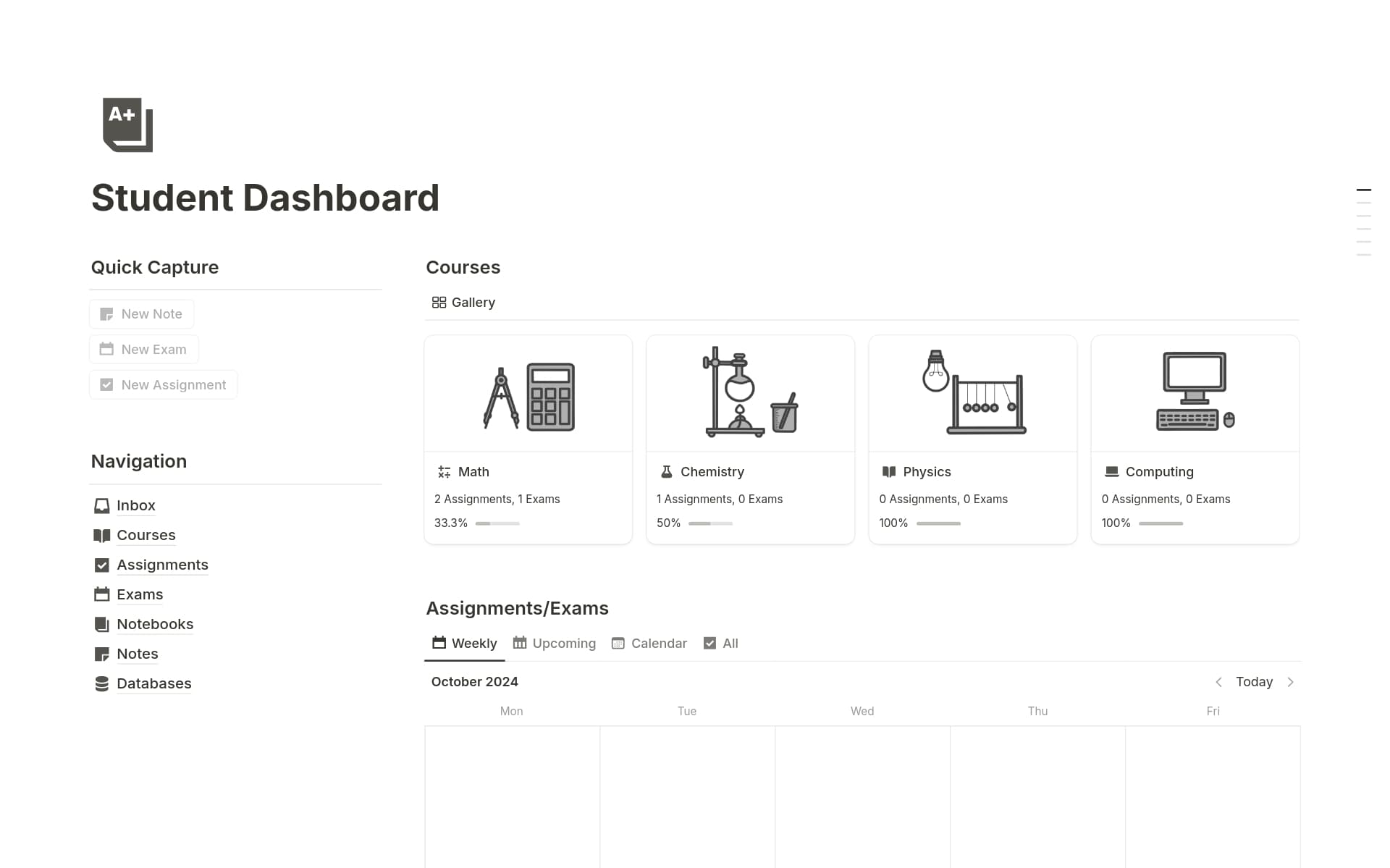For mechanical engineers, post-mortem analysis is an integral part of understanding project outcomes, identifying key areas for improvement, and learning from both successes and failures. A well-designed Post-mortem Notion template can streamline this process, making it easier to document insights, actions taken, and lessons learned in a structured and accessible manner.
Before diving into the creation of your own Post-mortem template, taking a look at these existing templates can simplify the process and offer inspiration tailored to your needs.
What Should Post-mortem Templates Include?
Choosing the right post-mortem template is crucial for effectively analyzing projects and processes after completion. Here are key components to look for in a high-quality template:
Clear Objectives: The template should clearly outline the goals of the post-mortem, ensuring that the discussion remains focused and productive.
Incident Details: It should include sections for detailed descriptions of the incident, including timelines and the impact scope, to provide a comprehensive overview.
Action Items: A section dedicated to actionable steps is essential. This helps in tracking the implementation of solutions to prevent future issues.
Lessons Learned: The template must encourage the identification of lessons learned, which is vital for continuous improvement and knowledge sharing.
Choosing a template with these components will facilitate a thorough and effective analysis, helping teams to learn and evolve from each project.
What Should Post-mortem Templates Avoid?
Choosing the right post-mortem template is crucial for effectively analyzing projects and processes. It's important to know what features may hinder rather than help your analysis.
Overly Complex Sections: Avoid templates with too many detailed sections. They can make the process cumbersome and divert focus from key learnings.
Fixed, Non-Customizable Fields: Templates that don't allow customization can restrict the relevance to specific projects or outcomes, limiting their usefulness.
Vague Terminology: Ensure the template uses clear and precise language to avoid ambiguities that could lead to misinterpretations or confusion during reviews.
Choosing a template that avoids these pitfalls will streamline your review process, ensuring clarity and focus on the essential aspects of your project's post-mortem.




